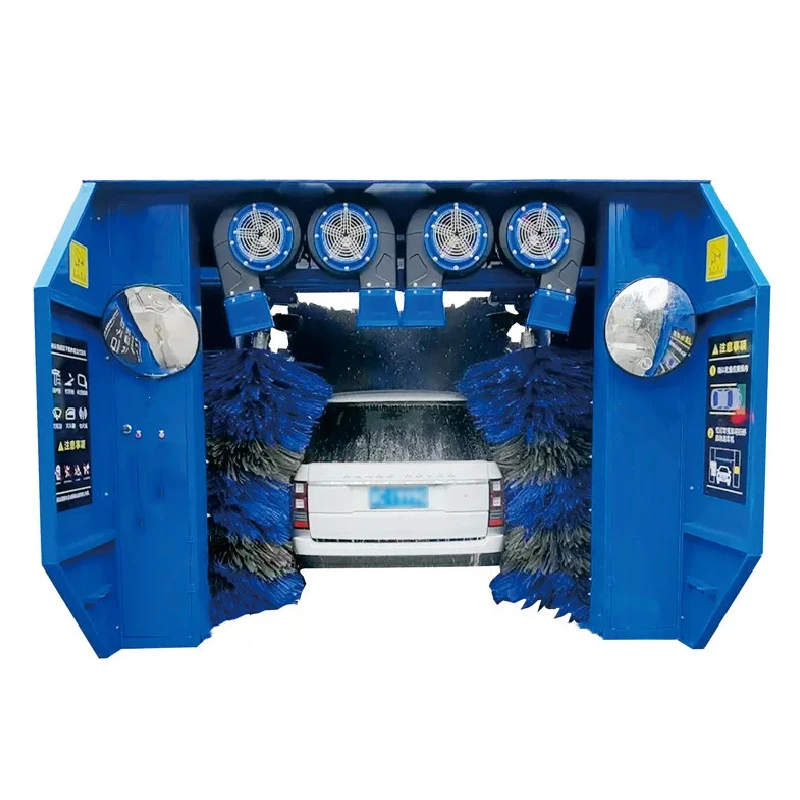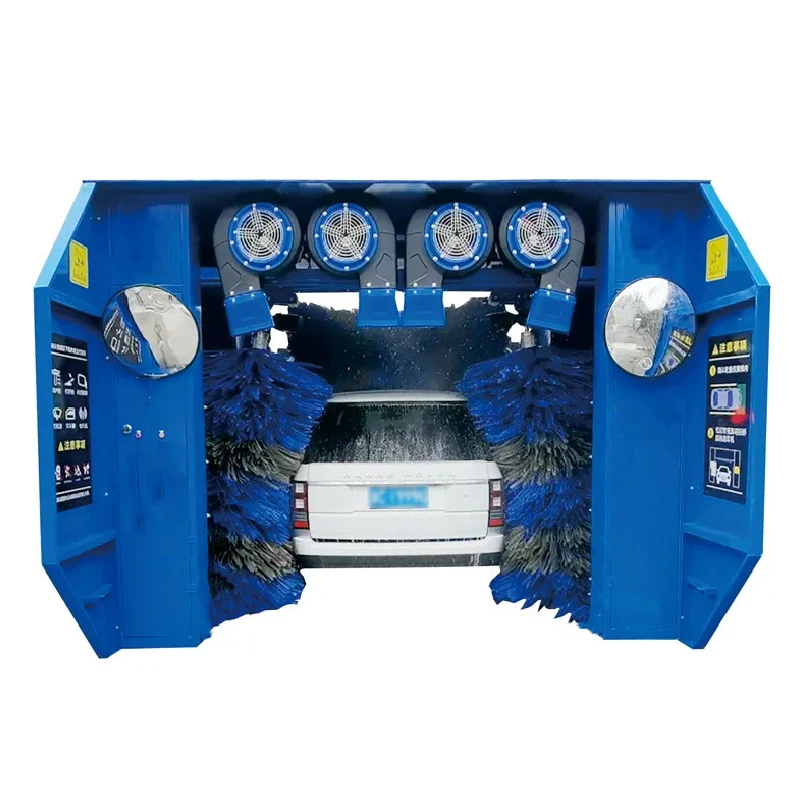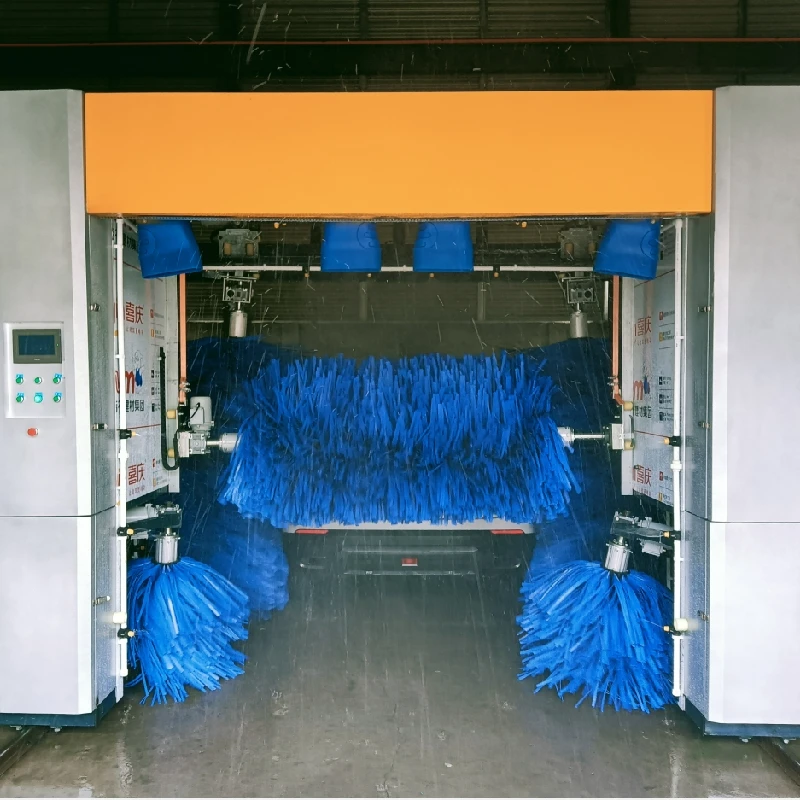
- Afrikaans
- Albanian
- Amharic
- Arabic
- Armenian
- Azerbaijani
- Basque
- Belarusian
- Bengali
- Bosnian
- Bulgarian
- Catalan
- Cebuano
- Corsican
- Croatian
- Czech
- Danish
- Dutch
- English
- Esperanto
- Estonian
- Finnish
- French
- Frisian
- Galician
- Georgian
- German
- Greek
- Gujarati
- Haitian Creole
- hausa
- hawaiian
- Hebrew
- Hindi
- Miao
- Hungarian
- Icelandic
- igbo
- Indonesian
- irish
- Italian
- Japanese
- Javanese
- Kannada
- kazakh
- Khmer
- Rwandese
- Korean
- Kurdish
- Kyrgyz
- Lao
- Latin
- Latvian
- Lithuanian
- Luxembourgish
- Macedonian
- Malgashi
- Malay
- Malayalam
- Maltese
- Maori
- Marathi
- Mongolian
- Myanmar
- Nepali
- Norwegian
- Norwegian
- Occitan
- Pashto
- Persian
- Polish
- Portuguese
- Punjabi
- Romanian
- Russian
- Samoan
- Scottish Gaelic
- Serbian
- Sesotho
- Shona
- Sindhi
- Sinhala
- Slovak
- Slovenian
- Somali
- Spanish
- Sundanese
- Swahili
- Swedish
- Tagalog
- Tajik
- Tamil
- Tatar
- Telugu
- Thai
- Turkish
- Turkmen
- Ukrainian
- Urdu
- Uighur
- Uzbek
- Vietnamese
- Welsh
- Bantu
- Yiddish
- Yoruba
water pressure washer for car
The Ultimate Guide to Using a Water Pressure Washer for Your Car
Maintaining the cleanliness and appearance of your car is essential for both aesthetic and functional reasons. Over time, dirt, grime, and other contaminants accumulate on the car's exterior, potentially leading to damage if not properly addressed. One of the most effective tools for keeping your vehicle in prime condition is a water pressure washer. In this article, we will explore the benefits of using a water pressure washer for your car, tips for safely operating it, and how to achieve stunning results.
Benefits of Using a Water Pressure Washer
1. Efficiency Water pressure washers can save you a significant amount of time when it comes to cleaning your vehicle. Unlike traditional washing methods that might require multiple steps and considerable elbow grease, pressure washers offer a powerful stream of water that can swiftly remove dirt and grime in a fraction of the time.
2. Effectiveness The high-pressure water jet can reach hard-to-clean areas, such as the undercarriage, wheel wells, and around the tires, where dirt frequently accumulates. This ensures a thorough clean that might be challenging to achieve with a sponge or cloth.
3. Reduced Water Usage Surprisingly, pressure washers often use less water than traditional hose methods. They deliver a focused stream of water, reducing wastage and making the cleaning process more environmentally friendly.
4. Improved Results The ability to adjust the pressure allows you to tailor the washing process to your vehicle's needs. Higher pressures can tackle tough grime, while lower settings can be used for delicate surfaces, ensuring that your vehicle gets the best care possible.
Tips for Safe and Effective Use
water pressure washer for car

While pressure washing your car has many advantages, it is crucial to approach the task with care to avoid damaging the vehicle's paint and components. Here are some important tips
1. Choose the Right Pressure Setting Most pressure washers come with adjustable settings. For washing a car, it’s recommended to use a pressure setting between 1200 to 1900 PSI (pounds per square inch). This range provides enough force to clean effectively without risking damage to the paint.
2. Use the Proper Nozzle Select a wider spray nozzle—typically a 25-degree (green) nozzle—when washing your vehicle. A wider spray disperses the pressure over a larger area, reducing the risk of paint damage.
3. Keep a Safe Distance Maintain a distance of at least 2 feet from the car's surface while spraying. Keeping the nozzle too close can cause paint peeling or chipping.
4. Pre-wash and Rinse Before using the pressure washer, rinse the car down to remove loose dirt and debris. After pressure washing, give the vehicle a thorough rinse to ensure no soap or cleaning agents remain.
5. Avoid Sensitive Areas Be cautious around sensitive areas such as headlights, taillights, and windows. High pressure can penetrate seals and cause leaks or damage electronic components.
Final Thoughts
Using a water pressure washer to clean your car can be an incredibly rewarding process. It not only saves time but also provides a deep clean that enhances the look of your vehicle. However, it is essential to use the right techniques and settings to prevent damage. By following the tips outlined in this article, you can achieve a spotlessly clean car that turns heads on the road, all while enjoying the benefits that come with efficient and effective cleaning methods. So gear up, grab your pressure washer, and give your car the care it deserves!
-
Integrating Aqua Tunnel Car Wash in Shopping CentersNewsJun.24,2025
-
Gas Station with an Auto Car Wash MachineNewsJun.24,2025
-
Efficiency in Your Aqua Tunnel Car Wash: Power & Water-SavingNewsJun.24,2025
-
Car Wash Business with Advanced Auto Car Cleaning MachinesNewsJun.24,2025
-
Balancing Setup Costs with Aqua Tunnel Car WashNewsJun.24,2025
-
Aqua Tunnel Car Wash: Eco-Design for the Energy-Savvy EntrepreneurNewsJun.24,2025



